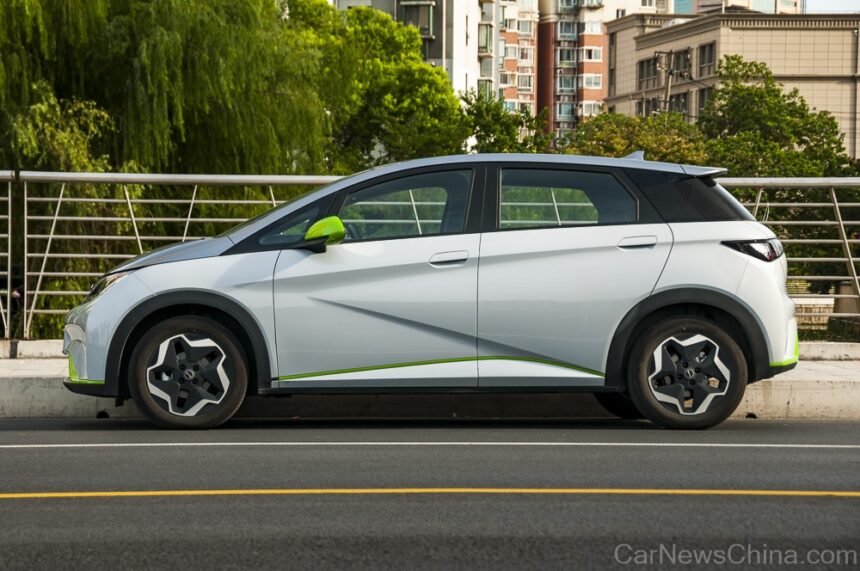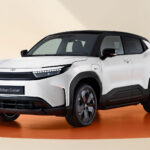Electric vehicles (EVs) are becoming increasingly popular as a more sustainable transportation option. A recent study in Australia conducted by Compare the Market has revealed that the BYD Dolphin is considered the greenest EV available. This study compared entry-level versions of 25 different EV models to determine which one has the least impact on the environment.
The BYD Dolphin stood out with an impressive overall index score of 8.23, surpassing well-known models like the Tesla Model 3. Other EVs that made it to the top five include the Chinese-made Dacia Spring, BYD Atto 3, and the GWM Ora 03 (Ora Good Cat). The index scores were based on four key factors: Green NCAP, Claimed energy efficiency, Battery size, and Battery type.
One of the challenges faced during the study was the availability of Green NCAP scores for the EV models. This limited the study to only 25 models. Green NCAP provides a percentage score, which was then used to index each EV model, with higher scores indicating better environmental performance.
The study also considered claimed energy efficiency, which was based on WLTP-rated energy consumption on the combined cycle from the EV Database. A lower energy consumption figure per 100 km signifies a more efficient electric vehicle. Battery size was another factor, with the minimum gross battery size for each entry-level variant of the car being taken into account. Smaller battery pack sizes are considered more resource-efficient.
In terms of battery type, the study favored lithium-iron-phosphate (LFP) batteries over NCM-type batteries due to sustainability concerns related to cobalt and nickel content. LFP batteries received a higher score of 10, while lithium-ion batteries with nickel-manganese-cobalt or nickel-cobalt-aluminium cathodes received a score of 5.
It is important to note that calling the BYD Dolphin the greenest EV is a significant claim. Factors such as the overall lifecycle assessment, including production processes and end-of-life disposal, were not fully considered in this study. Additionally, China’s electricity supply, which powers the BYD Dolphin, is not entirely green.
Green NCAP, despite its name, has limitations and focuses on clean air, energy efficiency, and greenhouse gas emissions. The greenhouse gas index does consider the energy mix used for electricity production, providing some insight into the environmental impact of operating an EV.
In conclusion, the BYD Dolphin has been recognized as the greenest EV in Australia based on the criteria used in the Compare the Market study. It is essential to consider various factors beyond the study’s scope to gain a comprehensive understanding of an EV’s environmental impact.
Source: Compare the Market







